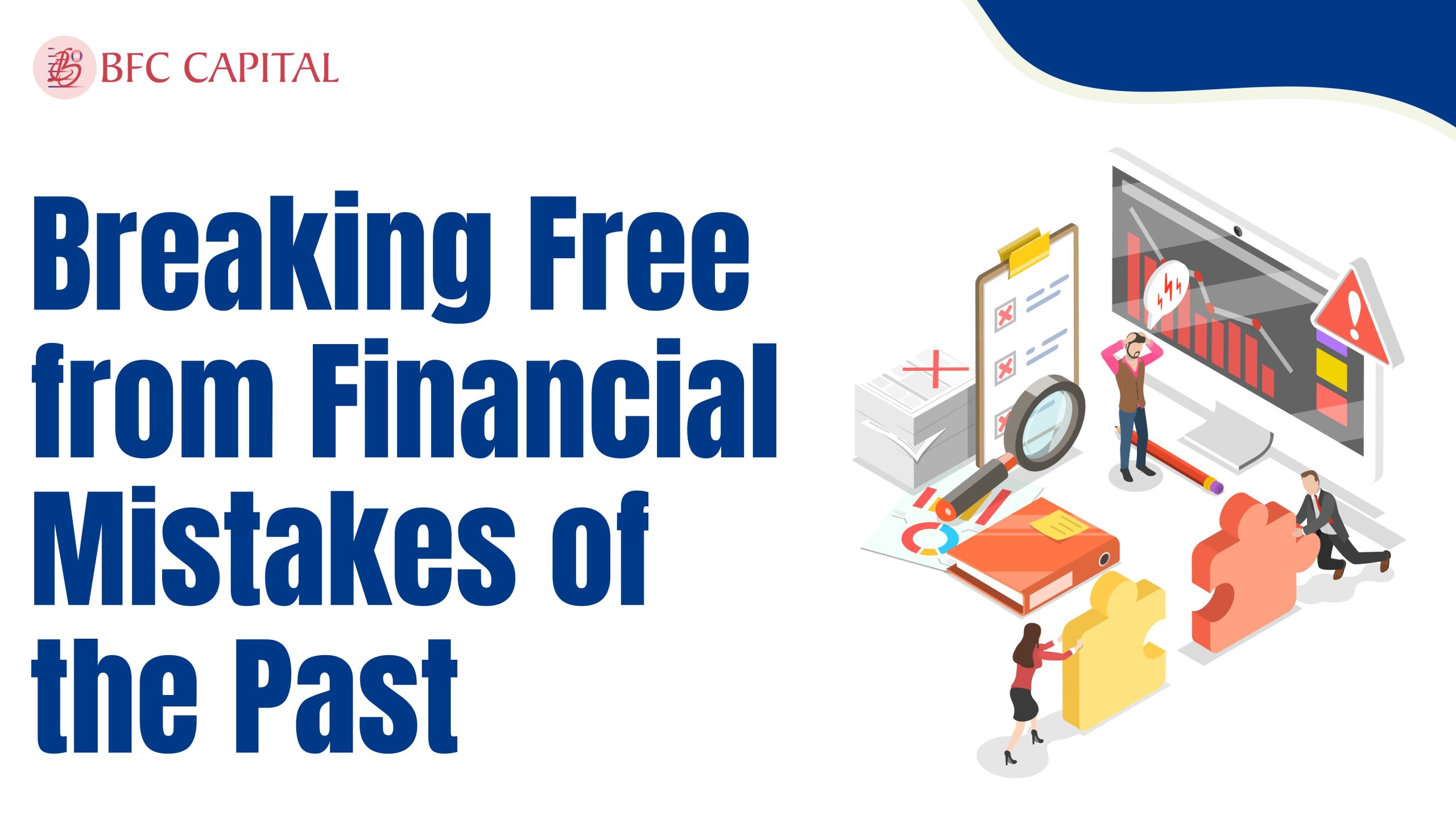
Investments promise substantial returns. While this is quite thrilling, it is also a minefield of potential risks. Imagine that you are the captain of a ship moving against stormy seas. You require a strategy to navigate the waters with minimal risks. Similarly, your investment ship requires a well-structured approach to reach the desired destination.
Is it smarter to diversify your investment across various assets or to concentrate your resources on a limited number of promising opportunities?
The answer isn’t entirely black or entirely white. Both these approaches have significant benefits and drawbacks.
Continue reading to explore how structuring your investment portfolio helps secure and boost your financial reputation.
Concentrated vs Diversified Portfolios – Key Merits
As a regular investor, you decide how to curate your investment portfolio. Two primary approaches to planning your investments are – diversification and concentration.
When you diversify your portfolio, you spread your investments across assets in diverse industrial domains. The principle is not to put all your eggs into a single basket. You invest in an amalgamation of equity, bonds, real estate, and gold.
Meanwhile, in a concentrated approach, you focus on a limited number of assets. A chosen portion of your capital is placed into selected domains to generate maximum returns. In this case, you invest heavily in technology stocks or a good startup.
But why do we need these two strategies to help us curate our investment plans? The answer is simple. The overall structure of an investment portfolio should be a balance between risk and return. The final investment portfolio should align with your financial goals and risk tolerance policies.
A well-diversified portfolio offers a steady foundation, meanwhile, carefully concentrated assets increase the potential for returns. Understanding the basics of diversification and concentration is necessary to choose between a single strategy – how they work, the key merits, and their challenging drawbacks.
The Rationale Behind Diversifying Your Assets: Assessing the Risk-Return Outcomes
Harry Markowitz’s portfolio theory focuses on the extent of potential risks that come along with investments. He asserts that risk plays a more significant role, than returns, in determining where your funds are invested. He gives precedence to diversifying your portfolio to achieve risk reduction. Additionally, Markowitz argues that if we don’t end up diversifying our assets, we take on risks that are not compensated by the market. Due to this, we end up paying significantly more to secure our financial safety belt.
In diversification, your investments are allocated across different assets. This minimizes potential risk because downward movement of a particular asset will be averaged with some positive movement across other investments . The financial market could turn volatile. Hence, when the performance of some of your investments crashes, returns from other assets promise you a positive ROI.
A single asset’s impact doesn’t hamper your investments’ overall performance when you diversify your portfolio. Instead, it stabilizes your plans and helps mitigate long-term risks.
Have Plans for Long-term Investments?: Explore Concentration to Maximize Potential Gains
A concentrated investment portfolio has limited diversification i.e., you invest in a limited number of assets, a single asset class, or a company. Concentrated portfolios increase the potential for higher risks but are easier to handle. In this scenario, your estimated returns deviate from the destination. It either results in higher returns or a significant loss of securities.
Your financial destination is often a mirror maze. It is filled with uncertainties and possibilities. Hence, you are advised to invest in stocks that you have researched and believe will perform well in the future and generate significant returns. This strategy also works in range-bound markets where stocks are traded within a limited range and only a few witness steady profits.
If you are an enthusiastic investor and have short-term investments in mind, concentrated portfolios are your most viable option. But you also need to possess a healthy appetite for prospective high-risk outcomes.
If you choose to concentrate, limiting your overall portfolio can increase your overall risks. However, If the chosen investments perform well, your potential for higher returns increases significantly.
Potential Challenges that Can Wreck Your Investment Plans
Along with significant benefits come certain drawbacks. This is true for choosing either one of the options – diversification or concentration.
Diversification may reduce risks, but it also limits the potential for high returns. This is because a volatile market might result in underperforming assets. A diversified portfolio also requires in-depth research and monitoring to ensure it performs consistently well.
On the other hand, concentration is susceptible to high risks. Your overall portfolio suffers losses when the chosen investments underperform. The lack of diversification increases the impact of potential risks during market fluctuations. You might also miss out on growth opportunities in other domains.
Given the significant drawbacks of both these approaches, it becomes detrimental to make an informed decision while structuring your investment portfolio.
How Do You Know Which Portfolio Structure Would Benefit You?
Conduct in-depth research to decide which strategy works best for you. Advice from financial advisors also offers a basic idea of how to put together a focused and well-structured investment portfolio.
There is a fine line between the two investment portfolios. So, how do you choose which one will work for you in the long haul?
Now remember – to choose the most optimal choice between diversification and concentration, there are key components you need to weigh:
- Risk Appetite: If as an investor, you can endure higher risks, concentration is an optimal choice for you. Meanwhile, diversification is your priority if you seek stability and fewer risks in the long run.
- Market Conditions: A diversified investment portfolio is the safest option during a volatile market i.e., when the market is unstable and stocks movements are erratic. Whereas concentration is a preferred style in a bull market when the stocks are economically sound and the market is on the rise.
- Investment Horizon: Long-term investors favor diversification. The longer the time you hold your investments, the more time you offer for the market to regularize.
However, you may lean towards concentration for a shorter investment horizon. A shorter horizon increases the potential for rapid price movements.
Moreover, most investors find a delicate balance between diversification and concentration to create a portfolio. At the end of the day, it should align with their objectives.
Select the Investment Strategy that Aligns With You – Make An Informed Decision!
Both methods of structuring your investment portfolios come with their unique merits and drawbacks. It is imperative to select a strategy after meticulous consideration. Whether you choose to diversify or concentrate your portfolio, it should address the various complexities of market dynamics, and align with your financial goals and risk tolerance. Hence, a thorough analysis of each strategy will help you achieve optimal outcomes.
Please share your thoughts on this post by leaving a reply in the comments section. Also, check out our recent post on: “What are Pharma Funds: Meaning and Advantages“.
To learn more about mutual funds, contact us via Phone, WhatsApp, Email, or visit our Website. Additionally, you can download the Prodigy Pro app to start investing today!
Disclaimer – This article is for educational purposes only and by no means intends to substitute expert guidance. Mutual fund investments are subject to market risks. Please read all the scheme-related document carefully before investing.








Name: SHOULD YOU BUILD A CONCENTRATED INVESTING PORTFOLIO?
says:[…] Also check – Concentrated vs Diversified Portfolios […]